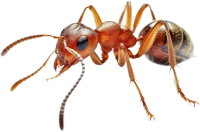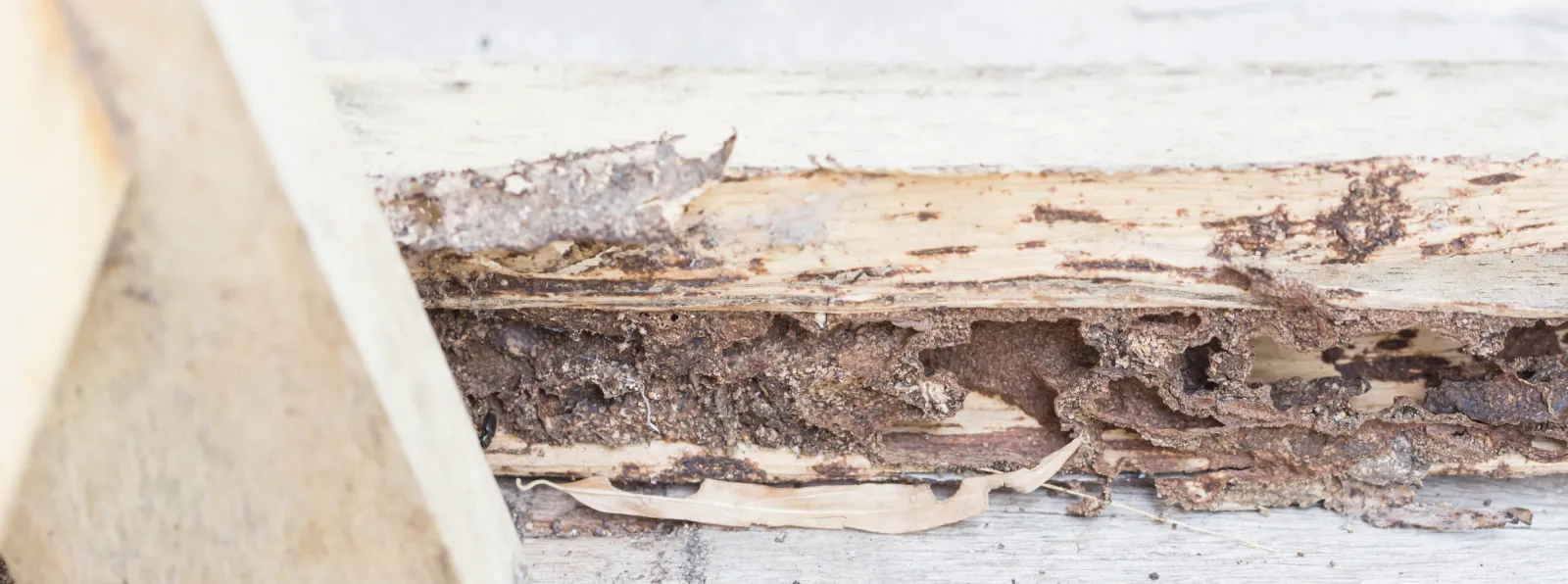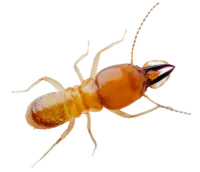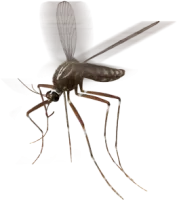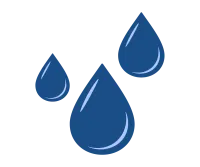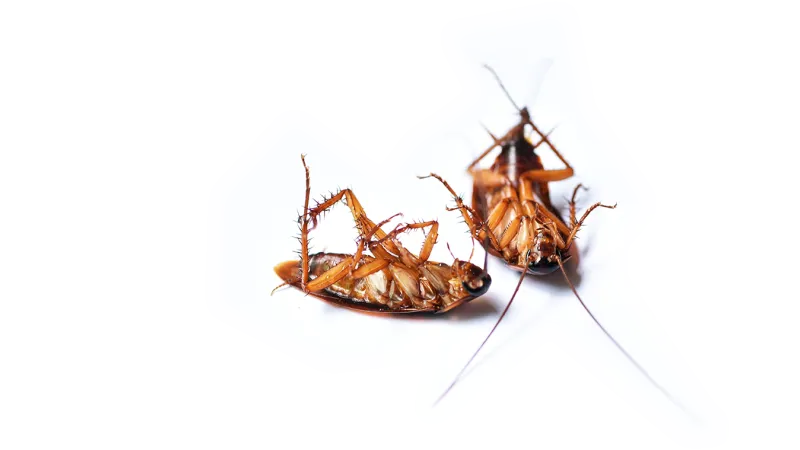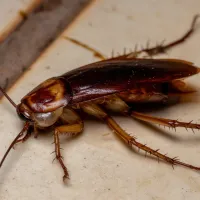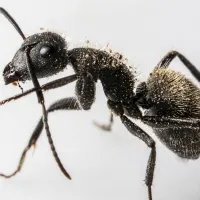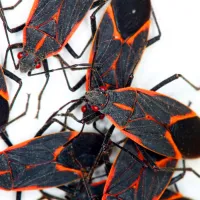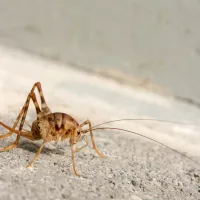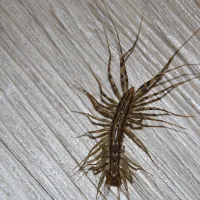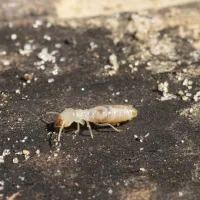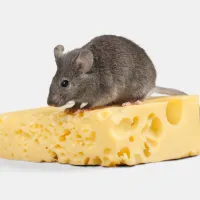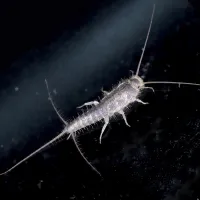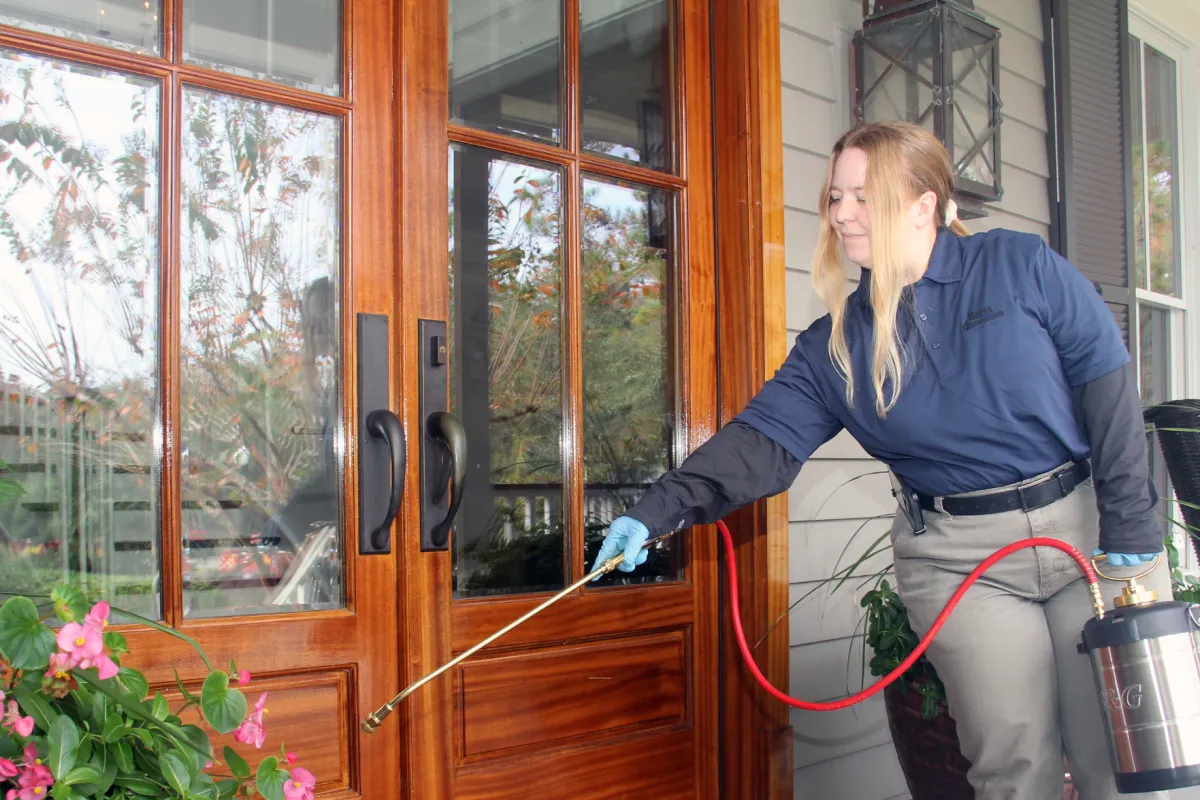
Quarterly Pest Control
Our Quarterly Pest Control Program is designed to protect your home year-round. Using Integrated Pest Management (IPM) techniques, we combine prevention, targeted treatments, and expert care to effectively manage pests while minimizing environmental impact.
Our program begins with a thorough inspection and treatment of your home's interior and exterior to identify and address any existing pest issues. Subsequent quarterly visits focus on creating a protective barrier around the exterior of your property to prevent pests from returning.
We cover a wide range of common household pests like ants, roaches, stink bugs, spiders, and more. And if pests come back between visits, so will we, at no additional charge.
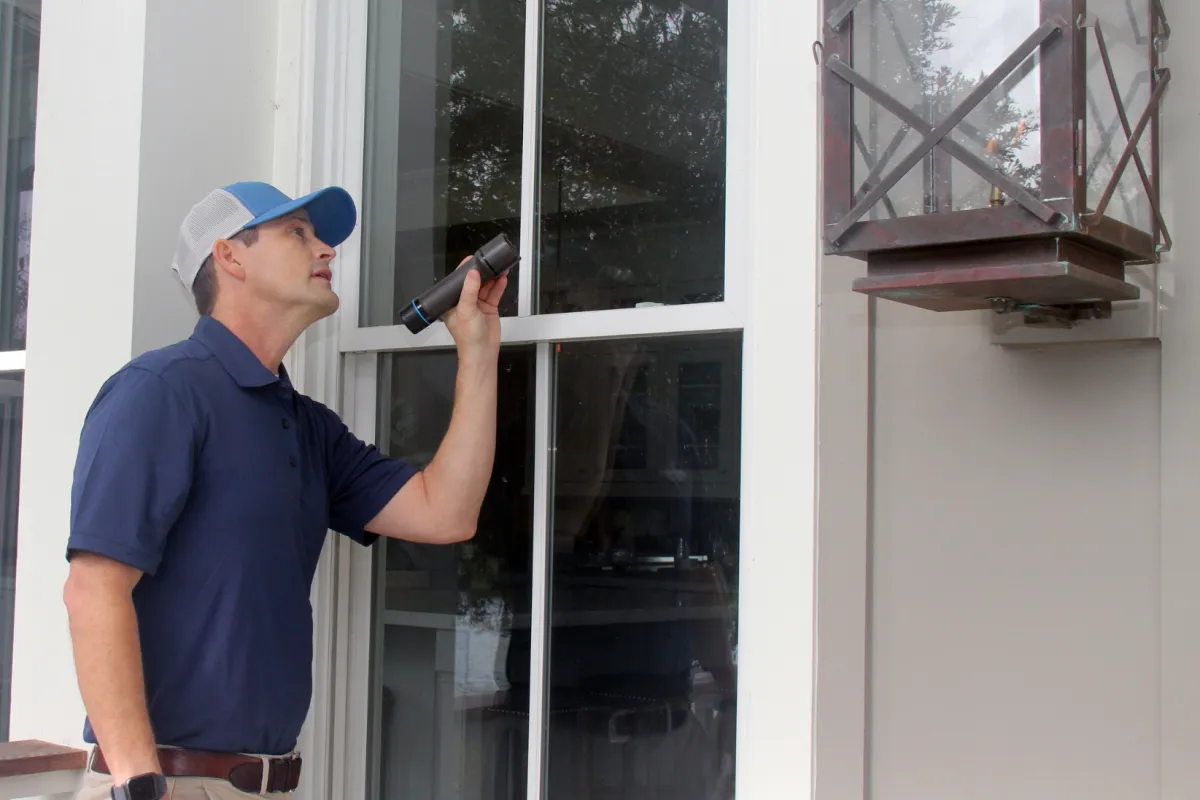
Termite Protection
At Mares Exterminating, we understand the serious threat termites pose to your home in Poquoson, Newport News, Virginia Beach, and the surrounding areas. That's why we offer a Termite Retreat Warranty backed by the expertise of our master technicians.
Our termite warranty includes an annual termite inspection performed by skilled Termite Specialists who will examine your property for signs of termite activity and potential vulnerabilities. If termites are detected under our warranty, we'll retreat your home at no additional cost, ensuring your property remains safeguarded.
With over twenty years of experience and an ongoing commitment to excellence, our team uses proven methods and state-of-the-art technology to deliver superior termite protection tailored to your home's specific needs.
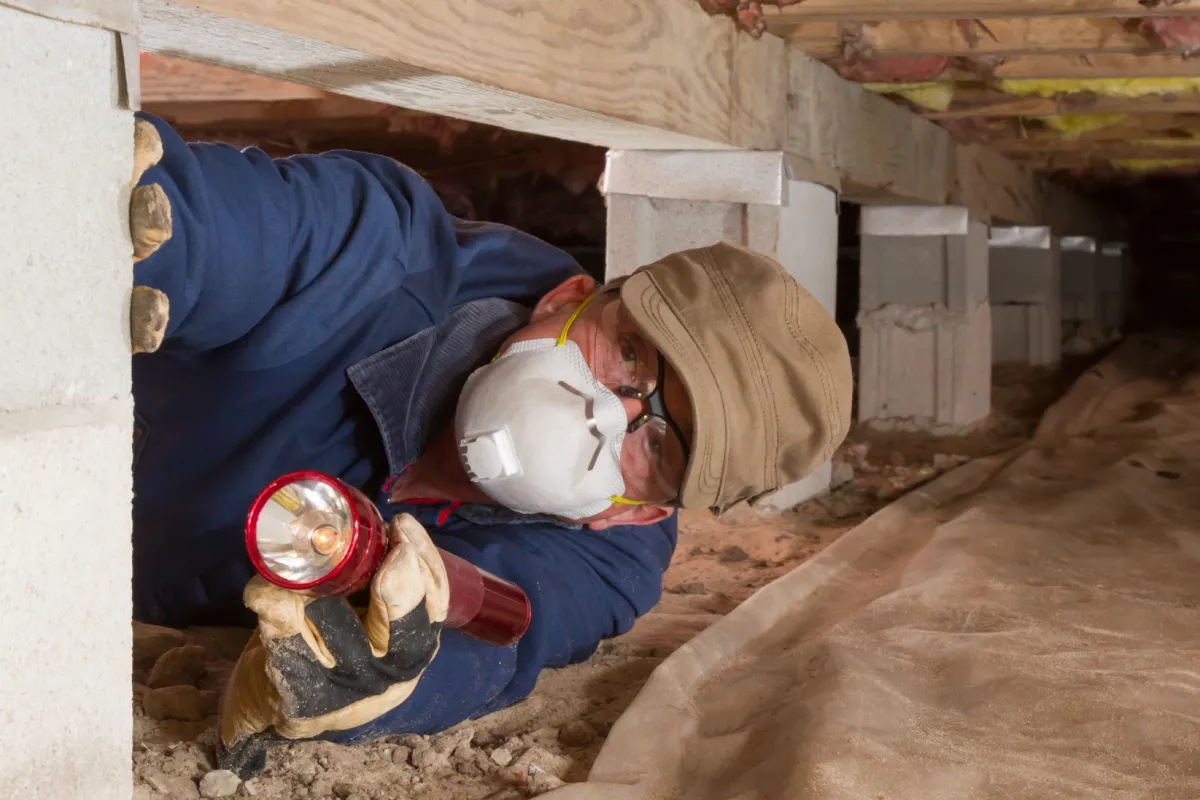
Moisture Control Services
Excess moisture can lead to structural problems, pest infestations, and poor indoor air quality, but our moisture control services are designed to prevent these issues while safeguarding your home's integrity.
Our comprehensive moisture control solutions, performed by our master technicians, are experts in addressing crawl space issues, offering services such as crawl space repairs, vapor barrier installation, and dehumidifier installation to keep your home dry and safe. We also provide custom crawl space doors and flood vents to enhance ventilation and protect against water damage.
With years of experience and a commitment to excellence, Mares Exterminating ensures your home remains a healthy and protected space.
Protecting Homes
One Pest At A Time

Pests Covered
In Our Quarterly Pest Control Program

Here's What People Are Saying About Mares Exterminating
Insider Advice on Insect Ecology
Explore our blogs for expert tips, advice, and updates on pest control solutions.
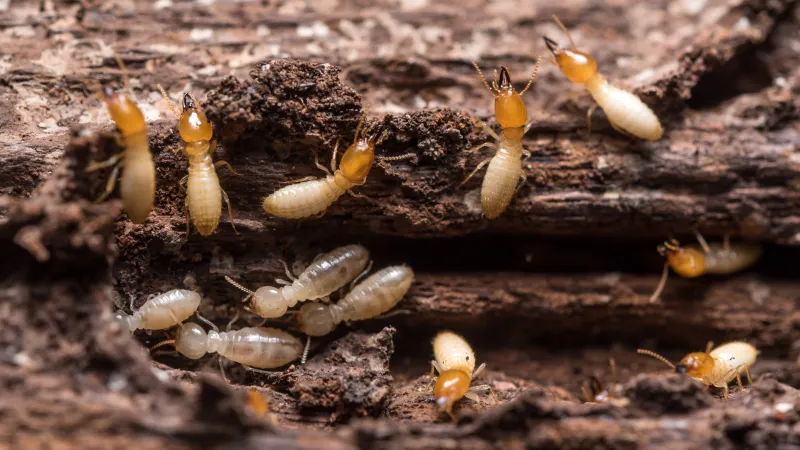
8 Ways to Spot Termite Destruction
Termites are known as "silent destroyers" because they can cause significant damage to your home without you even realizing it. These wood-eating insects thrive in dark, hidden...READ MORE
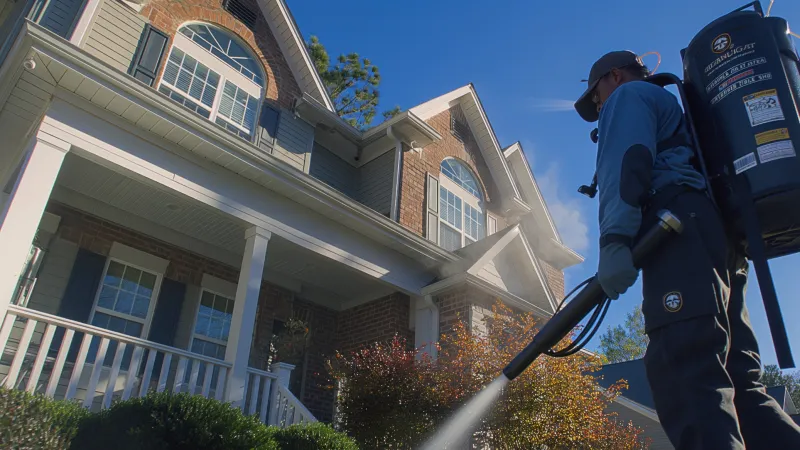
9 Ant Myths Exterminators Don't Want You to Fall For
Have you ever called the exterminators to deal with an ant problem, only to find the ants coming back a few weeks later? You certainly aren't alone, and that may be one of the...READ MORE

5 Ways to Spot Pests in Your Home
Dealing with unwelcome pests at home can be frustrating and worrying. But the sooner you identify an infestation, the quicker you can take action through professional pest...READ MORE


